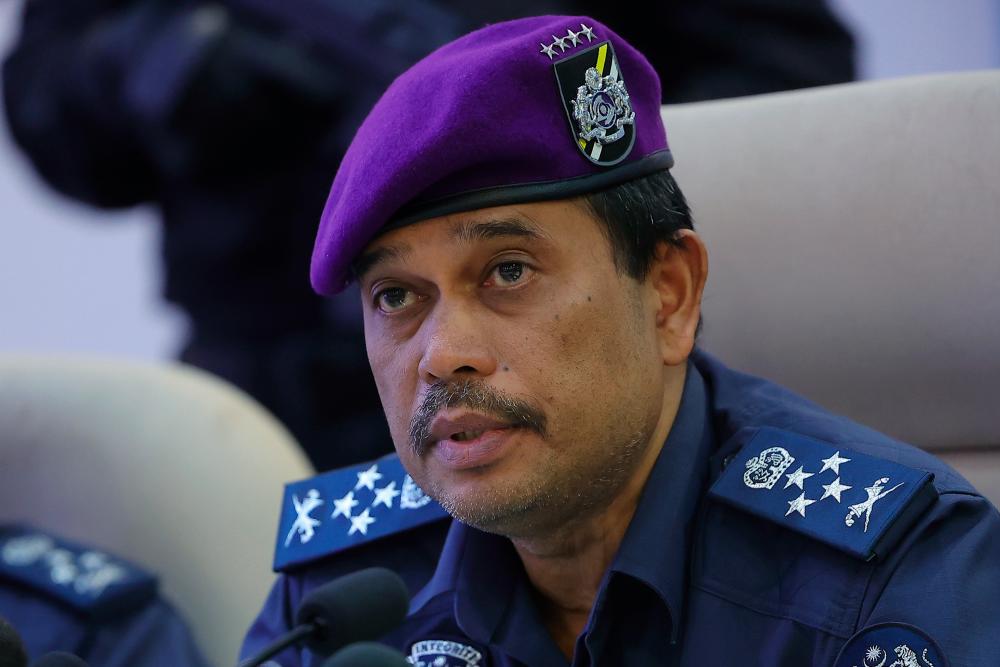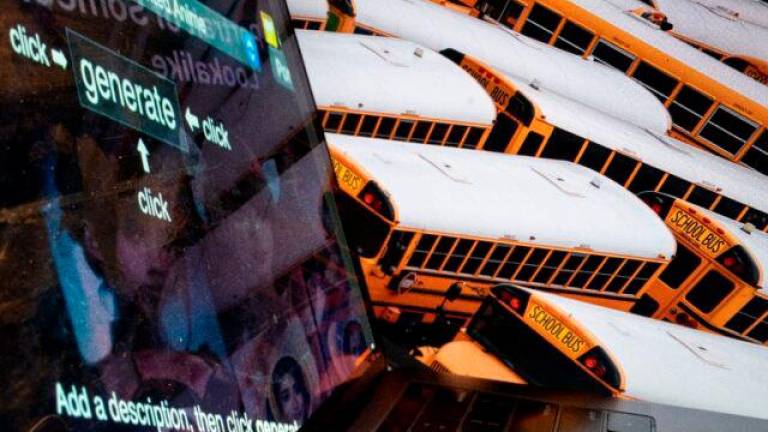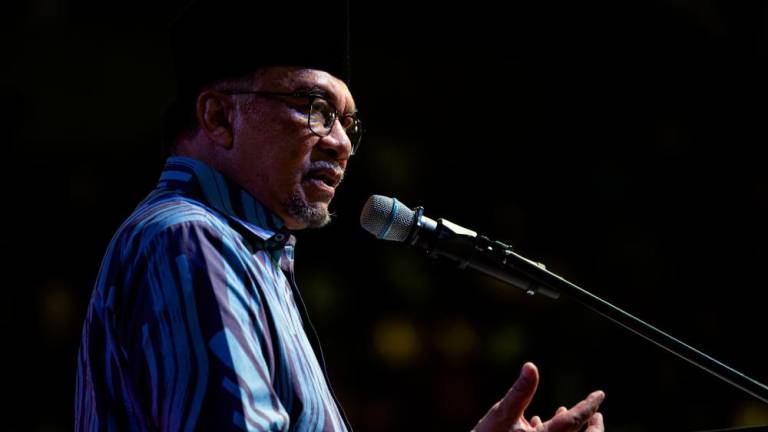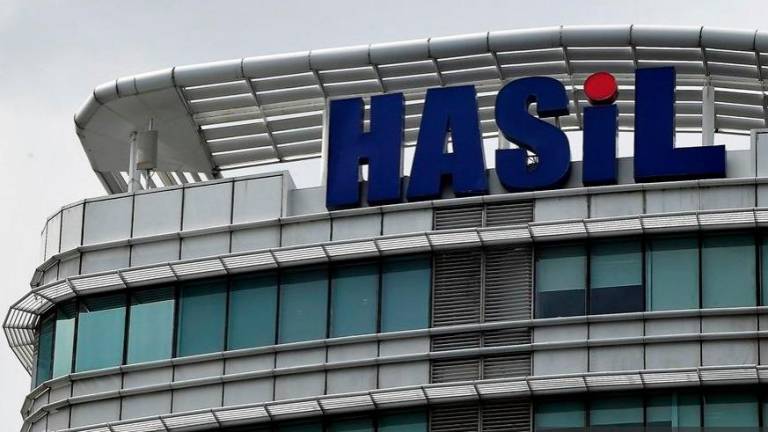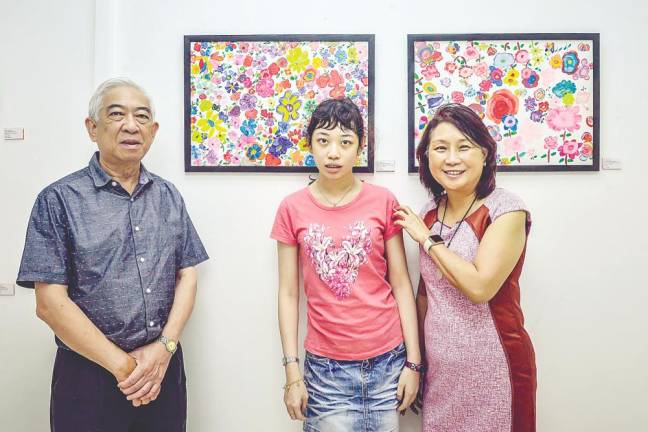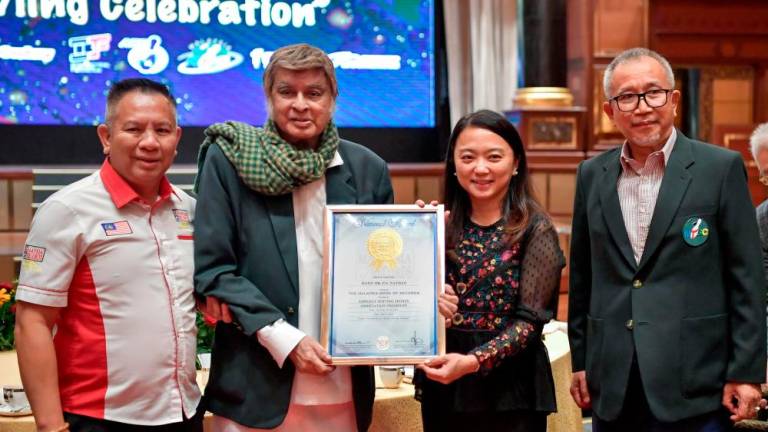NILAI: The Royal Malaysian Customs Department (JKDM) is in the process of purchasing 20 sniffer dogs and three backscatter scanning machines to ensure more effective efforts in combating drug smuggling activities in the country.
Its deputy director-general (Enforcement and Compliance), Datuk Sazali Mohamad (pix) said his team will receive the dogs of the Labrador and German Shepherd breeds, involving a cost of RM1.9 million, in June.
“Currently, the customs department has 20 drug detection dogs, and the additional 20 dogs will be placed in each state. As for the costs of the backscatter machines, I do not have the detailed information,“ he said at a press conference held at the Narcotics Branch here today.
“We are also in the process of studying the detection system used in South Korea because it is a sophisticated screening system, and we hope that the system used will be a scanning machine that has the ability of Artificial Intelligence to detect drugs.”
He elaborated that in the scanning system used in South Korea, all parcels are screened and their images sent to a group of customs officers working in a control room.
According to him, about 20 customs officers working in the control room will identify on the screen provided the images of the goods sent by couriers, and if they find any suspicious goods, the courier company involved will be called in for further inspection of the items.
In the meantime, Sazali said for the first quarter of this year, JKDM recorded 139 cases of seizure of narcotics worth RM29.5 million and involving five types of drugs, and drugs brought in via courier services represented 73% of all drugs seized.
There were 27 cases of methamphetamine, involving a value of RM27 million; heroin (five cases, RM594,652); ecstasy (seven cases, RM586,395); ganja (56 cases, RM282,545); and ketamine (two cases, RM231,345).
Sazali also said the JKDM busted three cases of drug smuggling and distribution involving 70 kilogrammes of drugs, worth more than RM2.4 million, for the period April 7 to 23.
He added that from these three cases, it is estimated that over 350,000 individuals were saved from drug abuse. All cases are being investigated under Section 39B(1)(a) of the Dangerous Drugs Act 1952.



